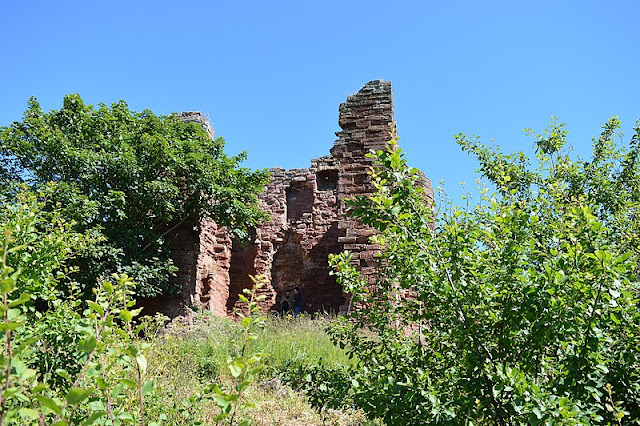In 2001 a young woman arrived at the 15th century
University of St Andrews to start an art history course, little knowing that her attendance at the University would change her life forever. That young woman was Kate Middleton, and on the same course was the heir to the British throne, Prince William. The pair became friends, and romance soon blossomed, no doubt helped along by the beautiful surroundings and bracing sea air of this lovely corner of Scotland. Then, after an on-off relationship lasting some years, they finally delighted the world in April this year by getting married in Westminster Abbey. It is said that the University of St Andrews, one of Britain's oldest and most prestigious universities, has a particularly good track record when it comes to matchmaking, but this must be the most famous St Andrews pairing of them all.
Apart from academic excellence, the other thing St Andrews is famous for is golf. The
British Golf Museum is located here, and the
Royal and Ancient Golf Club is the world headquarters of golfing.
The Old Course, dating from the 15th century, includes a right of way which crosses the 1st and 18th fairways called Granny Clark's Wynd. I have been unable to find out who Granny Clark was - perhaps someone could enlighten me. As if all that golfing isn't enough for the fresh air fiend, there are two magnificent beaches: West Sands and East Sands, the latter with a
Leisure Centre. The opening scene in the film Chariots of Fire was filmed on the beach at St Andrews.
The old medieval quarter of the city is stuffed full of ancient ruins and buildings. The 12th century ruined
St Andrews Cathedral, is reached via a thoroughfare called South Street, which has narrow "rigs" (alleys) branching off it. The Cathedral tower can be climbed, giving magnificent views over the city. Nearby is the church and tower of St Rule, who is reputed to have brought St Andrew's bones to Scotland. The Town Hall is on the site of a former tollbooth, and has a number of relics from those times. The city's
castle was built around 1200 and includes a bottle-shaped dungeon. The 16th century West Port was the old city entrance. The
St Andrews Preservation Trust Museum, in converted fishermen's houses, tells the city's social history. Other attractions include an
aquarium and the Victorian
Botanic Garden.
For a list of events in St Andrews, follow
this link.
For a map of the area, see
here.
 |
| St Andrews Castle - geograph.org.uk - 435158. Photo by John McLeish, via Wikimedia Commons. |

























